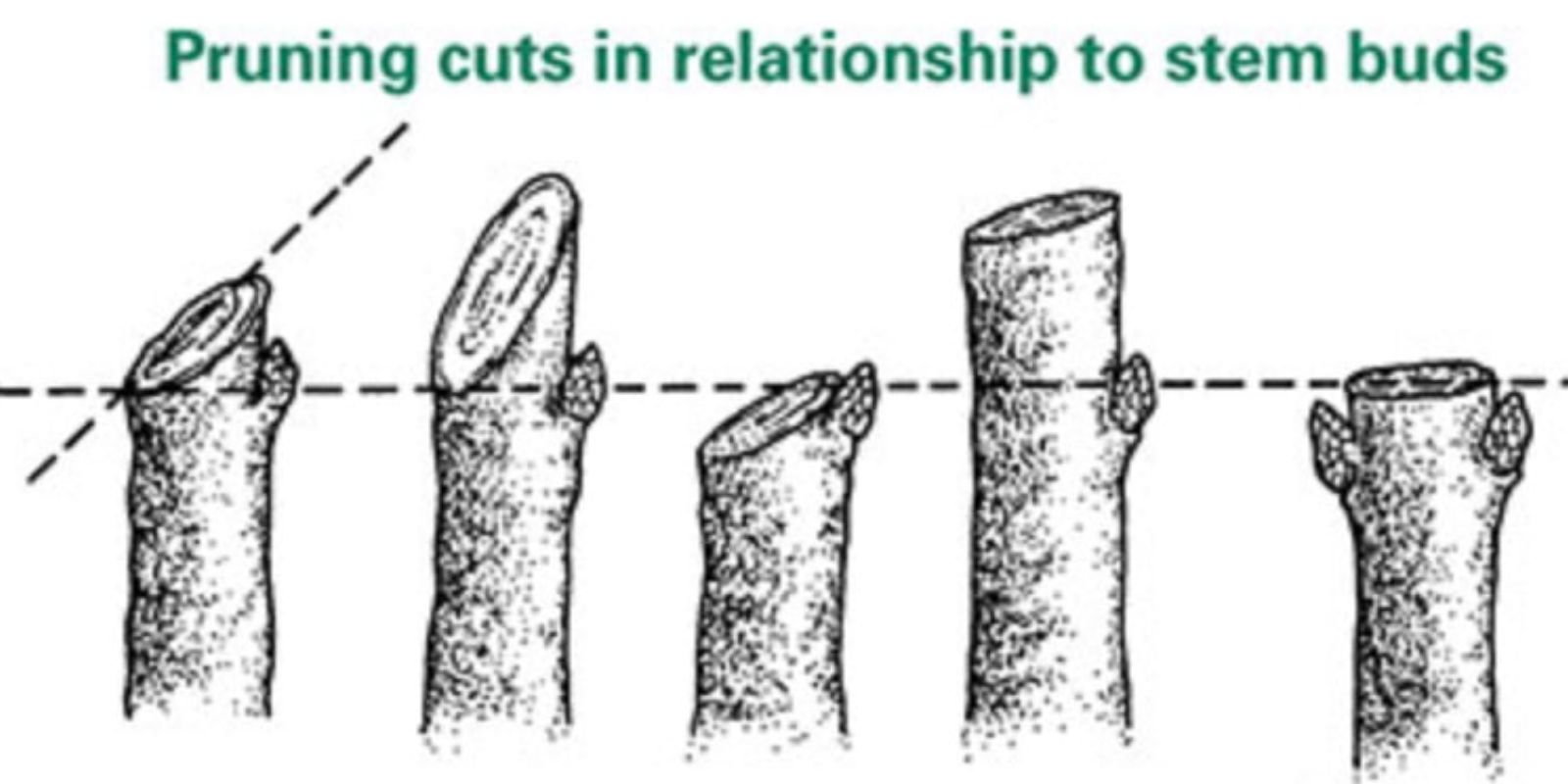Hydrangeas are one of the most beloved flowering plants, adorning gardens with their vibrant blooms and lush foliage. However, the secret to keeping your hydrangeas healthy and blooming lies in proper pruning. While it may seem daunting, understanding the type of hydrangea you have and following the correct pruning techniques can make all the difference. This comprehensive guide will walk you through everything you need to know about pruning hydrangeas for spectacular results.
Understanding Hydrangea Types
Before grabbing your pruning shears, identify which type of hydrangea you have. Each variety has specific needs, and pruning at the wrong time could result in reduced flowering.
- Bigleaf Hydrangeas (Hydrangea macrophylla): Includes mophead and lacecap varieties. These bloom on old wood, meaning the buds form on last year’s growth.
- Panicle Hydrangeas (Hydrangea paniculata): Known for their cone-shaped flowers, these bloom on new wood, or current year’s growth.
- Smooth Hydrangeas (Hydrangea arborescens): Often smaller and more delicate, they also bloom on new wood.
- Oakleaf Hydrangeas (Hydrangea quercifolia): These bloom on old wood and are loved for their textured leaves and large, cone-shaped flowers.
Correctly identifying your hydrangea is crucial for determining when and how to prune.
The Importance of Pruning Hydrangeas
Pruning hydrangeas is more than just maintaining their shape; it plays a vital role in the plant’s health and blooming potential. Benefits include:
- Encouraging Blooming: Removing spent blooms and dead wood allows the plant to channel its energy into producing vibrant flowers.
- Controlling Size: Hydrangeas can grow quite large; pruning helps maintain a manageable size.
- Improving Air Circulation: Thinning out the plant prevents fungal diseases and ensures better sunlight penetration.
When to Prune Hydrangeas
Timing is everything when it comes to pruning hydrangeas. Each type has its own schedule:
- Old Wood Bloomers (Bigleaf and Oakleaf): Prune immediately after the blooms fade in late summer or early fall. These plants set their flower buds for the next year in late summer, so pruning at the wrong time could eliminate next year’s blooms.
- New Wood Bloomers (Panicle and Smooth): Prune in late winter or early spring before new growth begins. These varieties will produce flowers on the growth that emerges that year.
Step-by-Step Guide to Pruning Hydrangeas
1. Prepare Your Tools and Space
Start with clean, sharp pruning shears to make precise cuts without damaging the plant. Wear gloves to protect your hands and ensure the area around your hydrangea is clear for easy access.
2. Remove Dead or Damaged Wood
Inspect your hydrangea for dead, damaged, or diseased branches. These should be removed entirely to promote healthy growth. Cut back to the base or to the nearest healthy bud.
3. Prune for Shape
Once you’ve removed the unhealthy wood, focus on shaping the plant. Trim stems to create a balanced, symmetrical appearance. For bigleaf and oakleaf hydrangeas, cut just above a pair of healthy buds. For panicle and smooth hydrangeas, you can cut back the stems more aggressively.
4. Thin Out Crowded Branches
Hydrangeas benefit from good air circulation. Remove weak or overcrowded branches to open up the plant and allow more light to reach the interior. This step is especially important for preventing diseases like powdery mildew.
5. Deadhead Spent Blooms
Remove faded flowers to keep your hydrangeas looking tidy. For bigleaf varieties, deadhead carefully to avoid cutting into next year’s flower buds.
6. Mulch and Fertilize
After pruning, apply a layer of mulch around the base of the plant to retain moisture and regulate soil temperature. A balanced fertilizer can also encourage healthy growth and abundant blooms.
Pruning Tips for Specific Hydrangeas
- Bigleaf Hydrangeas: Focus on light pruning and deadheading to preserve the buds for the next season. Avoid heavy pruning unless you’re rejuvenating an older plant.
- Panicle Hydrangeas: These are forgiving and can be pruned back more significantly to control size or shape.
- Smooth Hydrangeas: Cut back to the ground in late winter or early spring to encourage fresh growth and larger blooms.
- Oakleaf Hydrangeas: Limit pruning to removing dead or damaged branches, as these plants prefer to grow naturally.
Common Mistakes to Avoid
- Pruning at the Wrong Time: Cutting old wood bloomers in spring will result in no flowers for the year.
- Over-Pruning: Excessive cutting can weaken the plant and reduce its ability to bloom.
- Ignoring Dead Wood: Leaving dead or diseased branches can spread problems to the healthy parts of the plant.
Caring for Hydrangeas After Pruning
After pruning, ensure your hydrangeas receive adequate care to thrive:
- Watering: Keep the soil consistently moist, especially during dry spells.
- Fertilizing: Use a slow-release fertilizer designed for flowering plants. Avoid over-fertilizing, as this can lead to excessive foliage growth at the expense of blooms.
- Pest Control: Check for pests like aphids or spider mites and address any infestations promptly.
Why Proper Pruning Matters
A well-pruned hydrangea not only looks beautiful but also thrives year after year. With healthy stems, ample blooms, and controlled size, your hydrangea can become the centerpiece of your garden.
💬 Have you tried pruning your hydrangeas? Share your experience and tips below to inspire others!
Hashtags:
#PruningHydrangeas #HydrangeaCare #GardenGoals #GardeningHacks #FlowerGardening #BloomBetter #HomeGardeners

